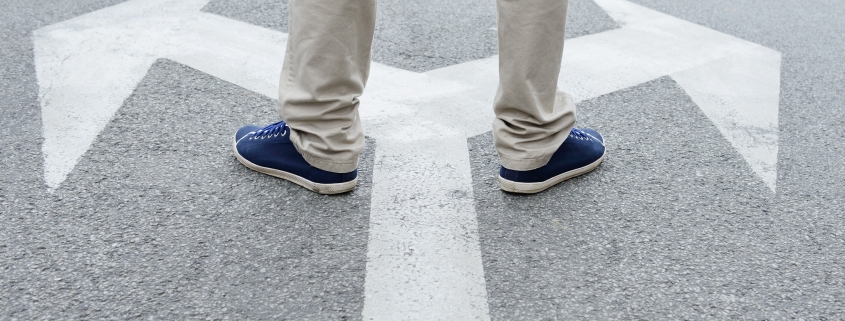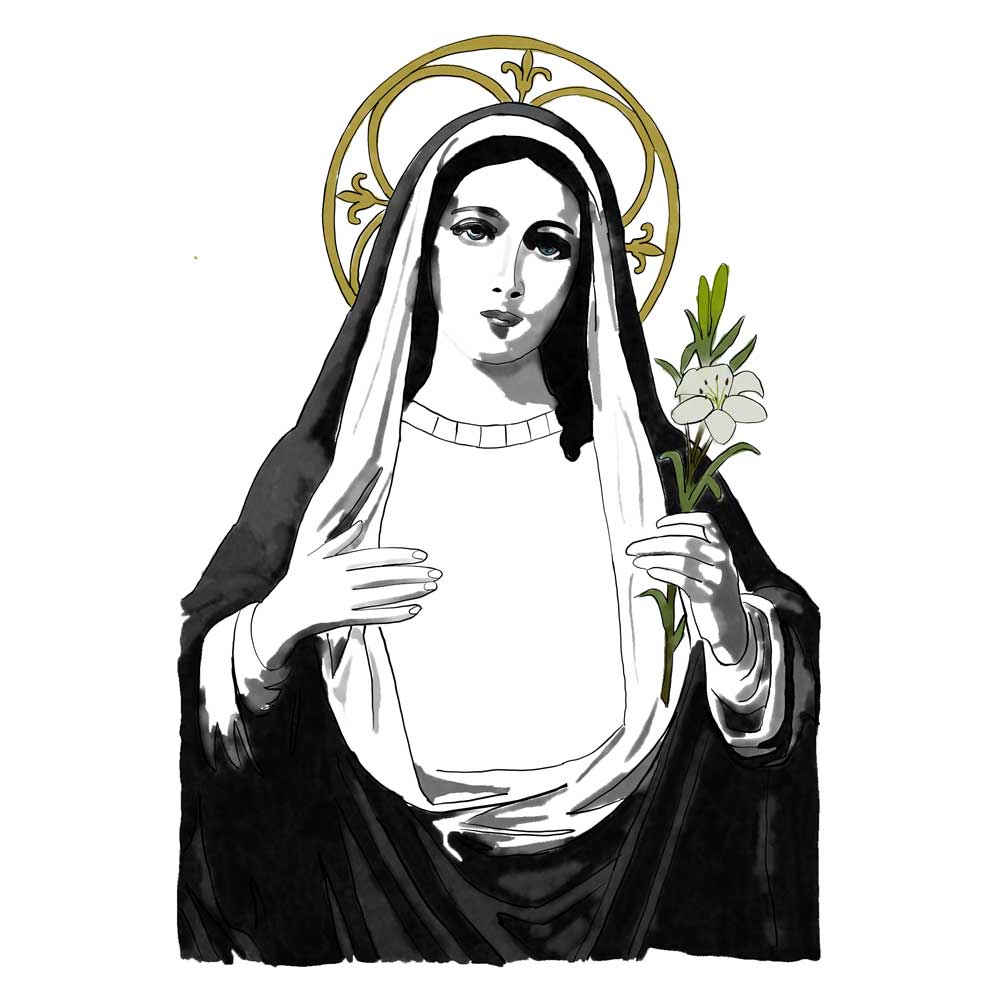Inside the Buyer’s Journey: Your Guide to Each Stage
Understanding the different stages of the buyer’s journey is crucial if your business wants capture potential customers and successfully propel them through your sales funnel. When you fully understand each stage of the buyer’s journey, your business has the opportunity to better position your products or services at each stage.
Becoming intimately familiar with who your buyer is, their pain points and needs, and what kind of journey they take on their path to purchasing is the most successful sales tactic in a day and age where buyers hold all the power.
What is the Buyer’s Journey?
The buyer’s journey describes each phase a buyer goes through on their pathway to purchasing. Buyers do not often purchase on a whim. Plus, even when customers do make impulsive purchases, it is difficult for businesses to track and market to spontaneous buyers with no clear purchasing patterns. These days, customers are flooded with options, so they take their time researching before making a commitment. This includes researching, evaluating, and weighing each option.
Understanding each stage of your customers’ buyer’s journey is incredibly valuable to businesses because they can clearly see how buyers progress from one stage to the next—which will be an important framework for crafting a successful marketing strategy. The three stages of the buyer’s journey are awareness, consideration, and decision.
Stage 1: Awareness
The first stage of the buyer’s journey is the buyer becoming aware that they have a problem or they are experiencing symptoms of a pain point. The buyer’s goal in the awareness stage is to clearly identify their problem and give their problem a name. As a result, buyer’s enter into an initial research phase (usually using a search engine) in which they may look for informational resources like white papers or blogs to clearly define and better understand their problem.
Example: Laura is experiencing itchy, red skin and rashes. She knows she has sensitive skin but hasn’t experienced this before. After researching her condition and reading many articles, she determines that she is most likely experiencing a reaction to her new laundry detergent.
Stage 2: Consideration
In the second stage of the buyer’s journey, the buyer has given a name to their problem and clearly defined their situation. In the consideration stage, the buyer enters into more rigorous research to understand all available methods or approaches to solving their problem.
Example: Laura is now interested in how she can solve her problem. After more research, Laura learns about many laundry detergent ingredients that could be causing her skin reaction and about skin lotions that could soothe her inflamed skin.
Stage 3: Decision
In the third and final stage of the buyer’s journey, the buyer has chosen and decided upon the method that will solve their problem. They will now search and make a list of businesses that align with their chosen method and make a final purchase decision with one of them.
Example: Laura decides to change her laundry detergent rather than buy a soothing lotion. She narrows down her list to businesses that have fragrance-free, hypoallergenic laundry detergents. After perusing each brand, she makes a purchase decision and buys a new laundry detergent.
Buyer’s Journey Insight
The common phases of the buyer’s journey show you that making a sale takes time. In fact, if your business zeroes in on prospects and tries to close the sales loop too early, you will most likely scare them off. Why? Because buyers want to trust your business before making a purchase with you.
As a result, businesses must tailor their content to build customer trust at each stage of the buyer’s journey. For example, if Laura saw educational content from a certain brand in the awareness stage and consideration stage, she is more likely to make a purchase with that brand in the decision stage. Brands that tailor their marketing to be solution-focused make their sales process more efficient and effective. Consequently, by the time a potential customer is at the end of their buyer’s journey, they recognize and trust your brand.
Tailor Your Marketing to the Buyer’s Journey
We will help you tailor your marketing strategies to hook your customers at each stage of their buyer’s journey. Contact Sun Sign Designs if your business is ready to use customer-focused digital marketing tactics that earn customer trust and loyalty.







Leave a Reply
Want to join the discussion?Feel free to contribute!